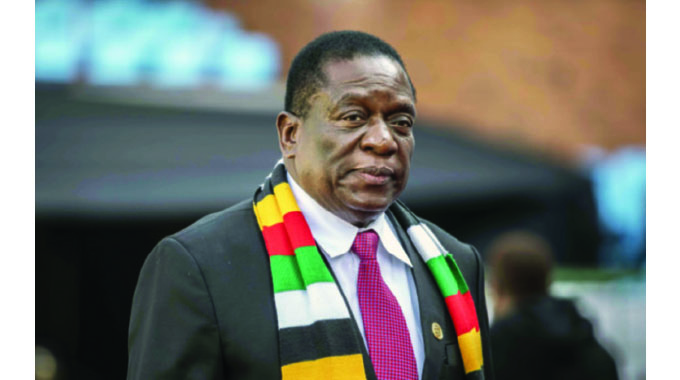Farirai Machivenyika Senior Reporter
PRESIDENT Mnangagwa has granted amnesty to over 4 000 convicts in various categories, in a move meant to decongest the country’s prisons.
The amnesty was granted under Clemency Order Number 1 of 2024, published in an Extraordinary Gazette on Tuesday, while the announcement was made by the Permanent Secretary in the Ministry of Justice, Legal and Parliamentary Affairs, Mrs Vimbai Nyemba, under General Notice 467 of 2024.
Last year the President granted amnesty to 4 270 inmates.
The latest amnesty excludes those serving time for specified offences.
These are murder, treason, rape or any sexual offence, carjacking, robbery, public violence, human trafficking, unlawful possession of firearm, contravention of the Electricity Act, contravention of the Postal and Telecommunications Act, contravention of the Public Order and Security Act/Maintenance of Peace and Order Act and any conspiracy, incitement or attempt to commit any of the offences listed above.
Beneficiaries of the amnesty include all female inmates who have served one third of their sentence by April 18, excluding those serving time for specified offences and those who have previously been released on amnesty.
Inmates under the age of 18 will also benefit if they have served one third of their sentence by today, but those charged under the Criminal Law (Codification and Reform) Act are excluded from this Amnesty.
In addition, prisoners serving an effective period of 48 months and below and who would have served one third of their sentence, also by today if the offences are not specified, will also be released.
The President also pardoned inmates certified terminally ill by a Correctional Medical Officer (CMO) or a Government Medical Officer (GMO), but those charged under the Criminal Law (Codification and Reform) Act are excluded from the amnesty, while the Department of Correctional Services should liaise with Social Welfare so that there is continuity of treatment for those released.
Inmates serving their sentences at open prisons, provided they were not charged under the Criminal Code, will also be released while those above 60 years will also benefit if they have served one tenth of their sentence by today and were not be charged under the Code.
“Full remission of the remaining period is hereby granted to all those inmates who would have served life imprisonment for at least 20 years. This includes inmates sentenced to life imprisonment and those whose sentences were commuted from death to life imprisonment. In this case the period of 20 years will include the period when the inmate was serving as a prisoner under sentence of death, inmates whose sentences were altered to life imprisonment on appeal or review,” reads part of the Clemency Order.
President Mnangagwa also commuted the death sentence to life imprisonment to all inmates who have been on death row for 10 years and above.
Inmates who are certified by a CMO or a GMO to be visually impaired, and those who are physically challenged to the extent that they cannot be catered for in a prison or correctional environment and have served one third of their sentence by today, will also be pardoned.
Zimbabwe Prisons and Correctional Services spokesperson, Assistant Commissioner Meya Khanyezi, said the amnesty was a joyous occasion as it comes when the nation is celebrating its 44th Independence Day today.
“As we celebrate the 44th anniversary of our great country’s independence tomorrow (today), let us rejoice in this great act of clemency.
“In due course our correctional facilities shall witness the joyous sight of inmates embarking on their journey back home, as soon as due processes to select deserving inmates are completed. This Presidential Amnesty serves as a tangible demonstration of the Government’s commitment to the rehabilitation of our fellow citizens. It is a significant step towards building a harmonious and inclusive society, where every individual has the opportunity to contribute positively,” she said.
Asst Comm Khanyezi appealed to the beneficiaries of the amnesty to use their freedom to transform their lives as law-abiding citizens.
“To beneficiaries of this amnesty, we extend our warmest congratulations and encourage them to seize this fresh start as an opportunity for personal growth and transformation.
“This release is not only a second chance: it is an opportunity to rewrite the narrative of their lives and become productive members of society, coming from behind bars to business. We encourage them to embrace this freedom with a deep sense of responsibility and a commitment to making amends for past mistakes,” she said.


